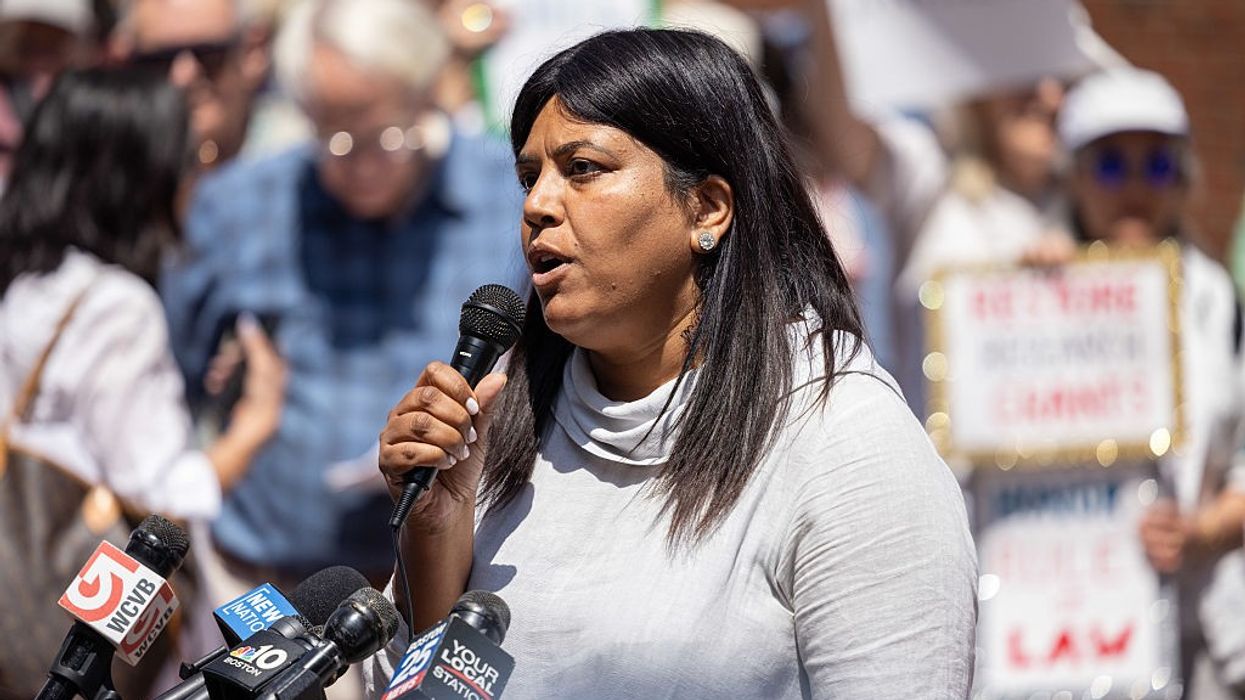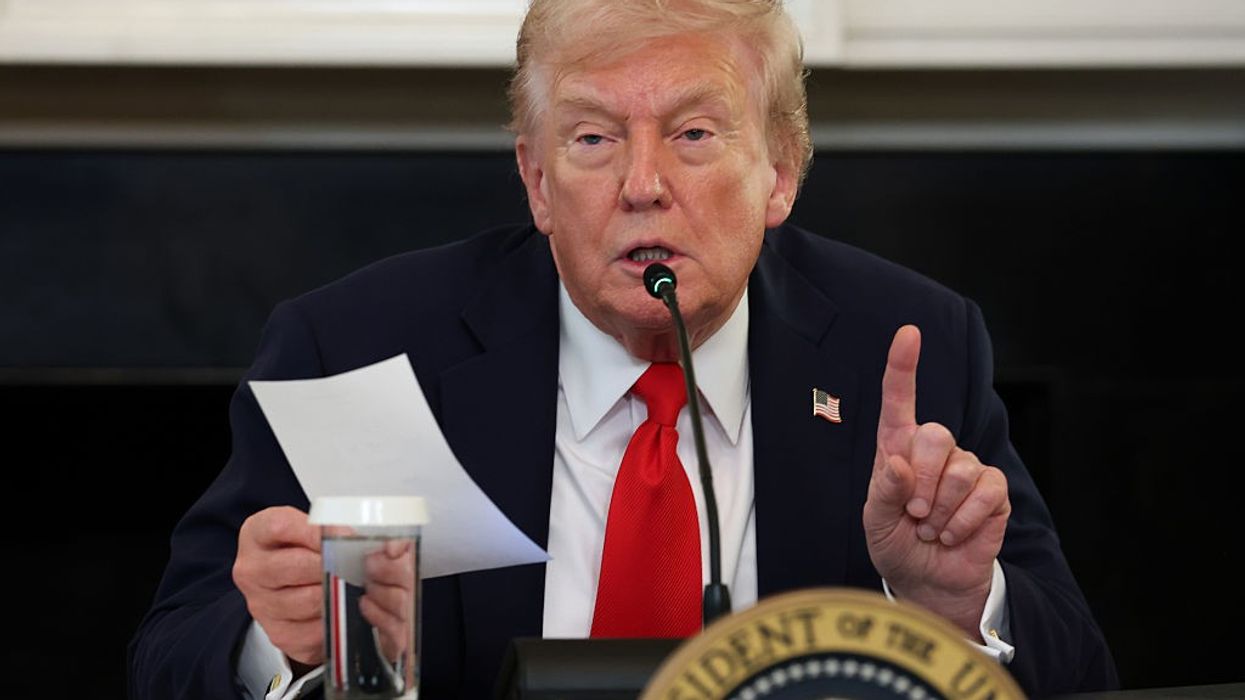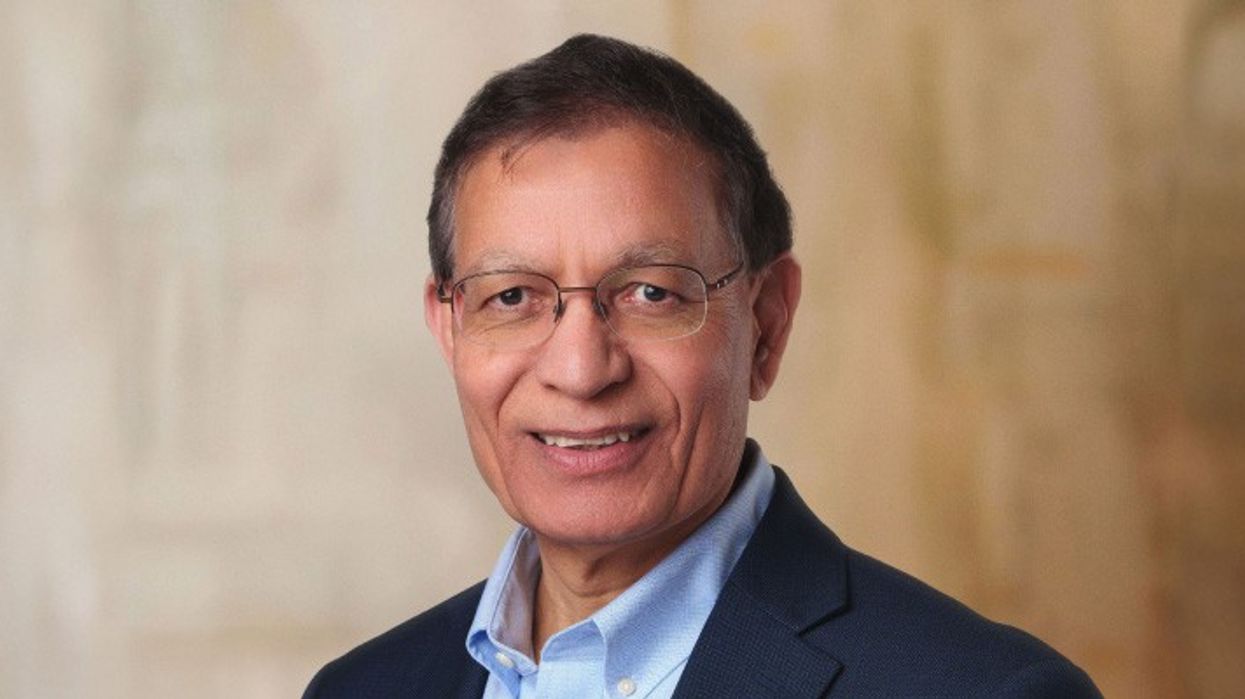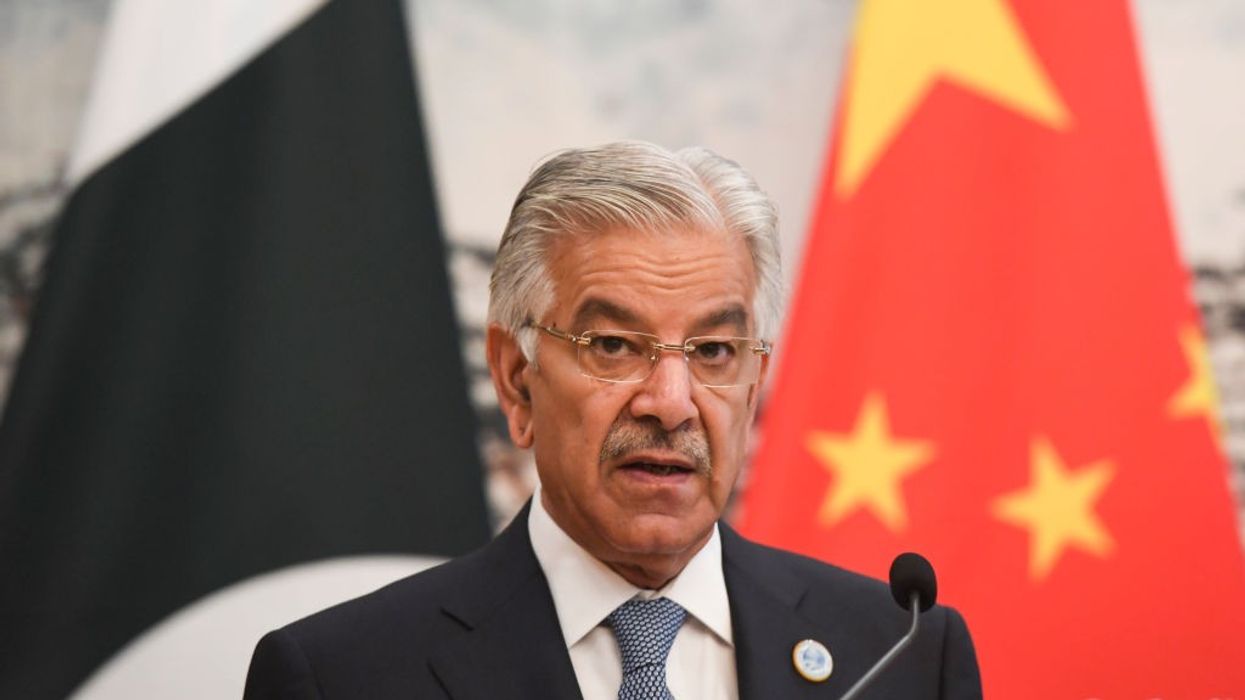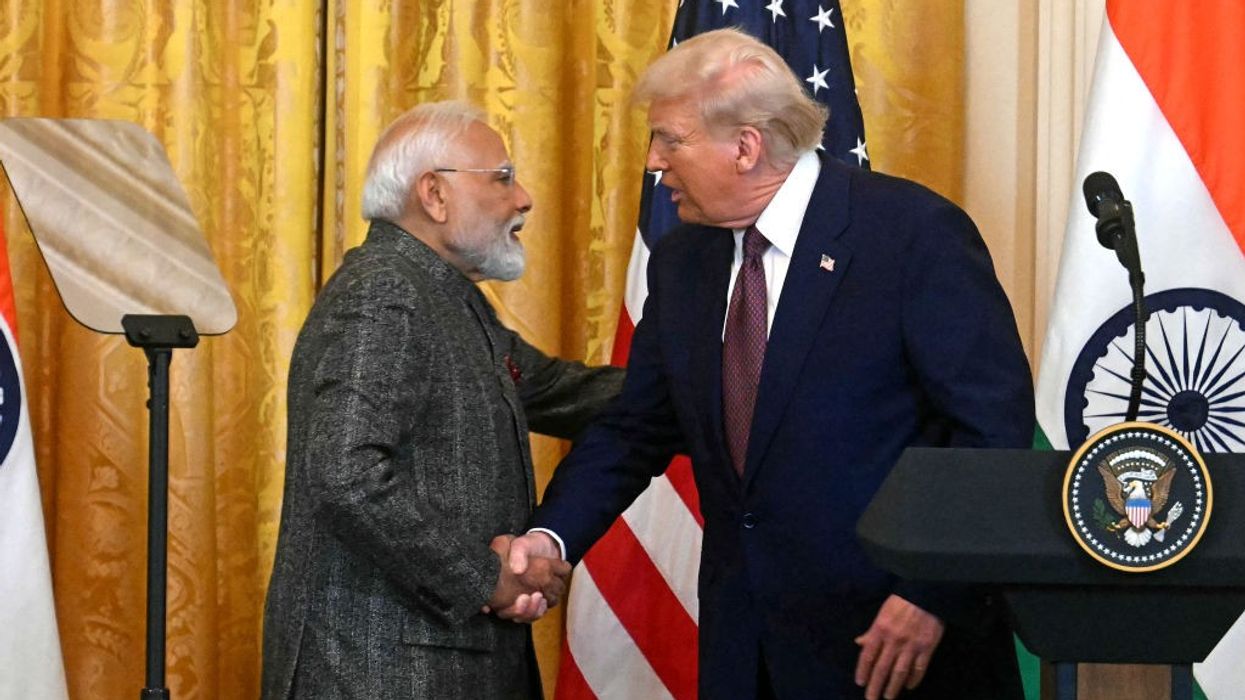Highlights:
- Rajnath Singh declared that every inch of Pakistan is within BrahMos missile range.
- The Lucknow unit delivered its first batch of missiles just five months after inauguration.
- The facility is projected to produce 100 missiles annually for all three military branches.
- The project is expected to generate $360 million in turnover and $60 million in GST.
- India has signed $480 million in defence export contracts, including with the Philippines.
India’s Defence Minister Rajnath Singh issued a pointed warning to Pakistan on Saturday, stating that “every inch” of its territory now falls within the strike range of India’s supersonic BrahMos missile system. The remark came during the flag-off ceremony of the first batch of BrahMos missiles manufactured at the Lucknow facility of BrahMos Aerospace Limited. Singh was joined at the event by Uttar Pradesh Chief Minister Yogi Adityanath and Deputy Chief Minister Brajesh Pathak.
Describing the moment as historic, Singh said the rollout of the first domestically produced BrahMos missiles from the Lucknow unit reflects India’s growing technological capabilities and its commitment to defence self-reliance. He referred to the successful “Operation Sindoor” as evidence of BrahMos’s reliability and global recognition, underlining that the system has reinforced India’s defense credibility worldwide.
The defense minister called the BrahMos missile a “symbol of India’s indigenous strength,” emphasizing its supersonic speed, precision targeting, and long-range capabilities. He declared that the country’s latest production milestone demonstrated how India’s defense industry has matured to compete at an international level.
The new BrahMos Aerospace facility in Lucknow, which was inaugurated in May, was established with an investment of ₹380 crore and spans 200 acres. Within just five months of its opening, the facility has successfully delivered its first batch of missiles — an achievement Singh described as record-setting in terms of speed and efficiency.
According to the minister, the plant is expected to produce nearly 100 missiles annually for India’s Army, Navy, and Air Force. The project is projected to generate a turnover of ₹3,000 crore, including ₹500 crore in GST revenue, creating substantial economic and employment opportunities in Uttar Pradesh.
Singh thanked Chief Minister Adityanath for his government’s support, crediting it for enabling the fast-paced progress of the project. He also praised Lucknow’s transformation into a growing hub for defence, technology, and industry, asserting that the city’s identity has been strengthened by the BrahMos production milestone.
Adityanath echoed these sentiments, noting that Uttar Pradesh’s inclusion in India’s Defence Industrial Corridor initiative has attracted major investments and advanced manufacturing capabilities. The Lucknow facility is expected to serve as a cornerstone for defence innovation and collaboration with small and medium enterprises in the region.
Beyond its military implications, Singh underscored the broader economic impact of defence production, remarking that “taxes from every missile built here can fund schools, hospitals, and welfare schemes.” He further highlighted India’s emerging position in global defence exports, citing recent international contracts worth around ₹4,000 crore — including one with the Philippines — as evidence of its expanding role as a reliable defence partner.
The event concluded with Singh planting a Rudraksha sapling on the facility grounds, invoking blessings from Lord Mahadev for the continued success of India’s defence initiatives.


